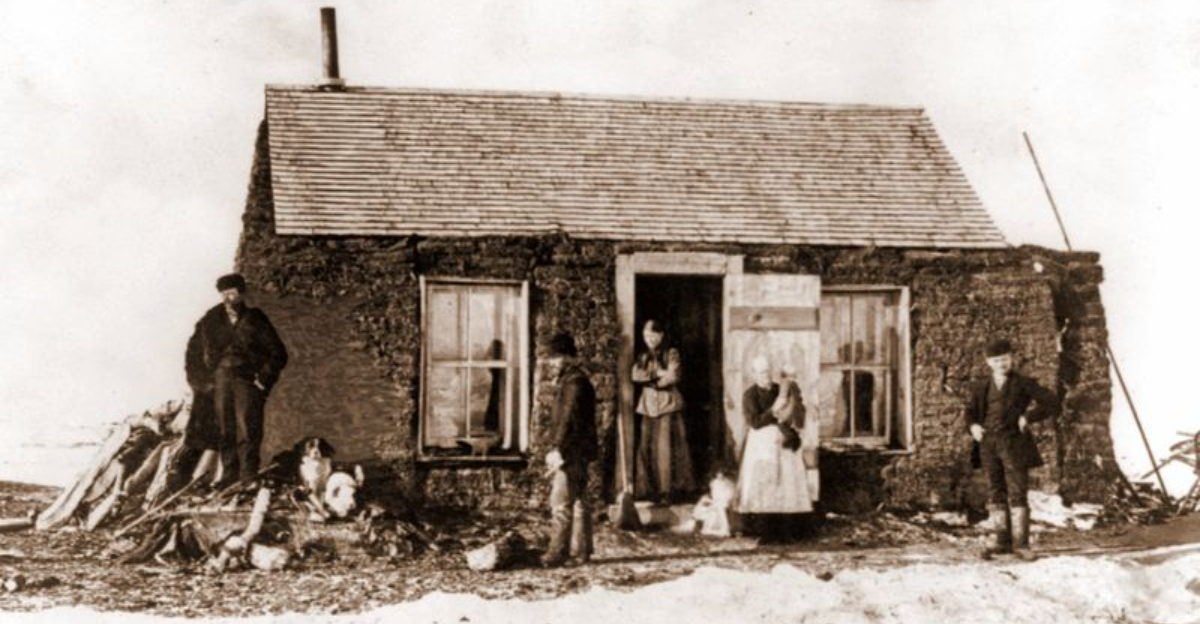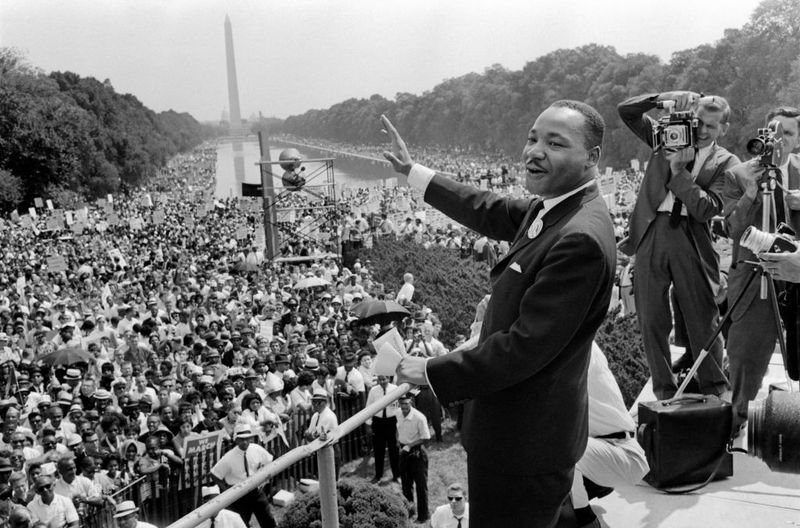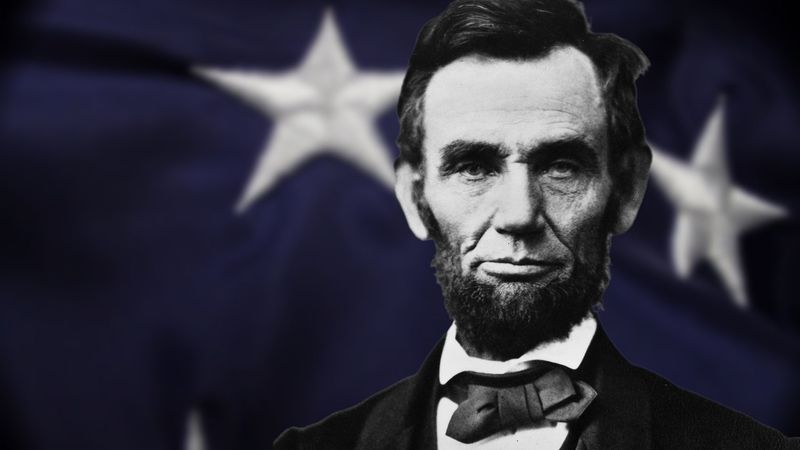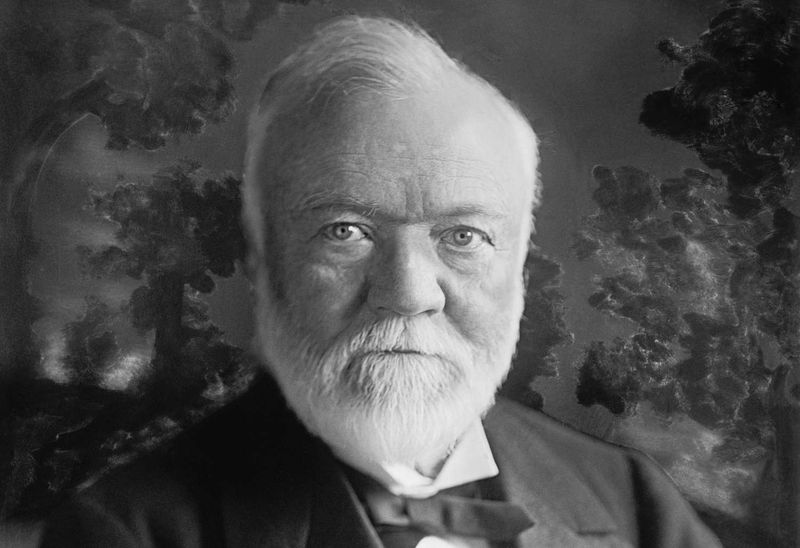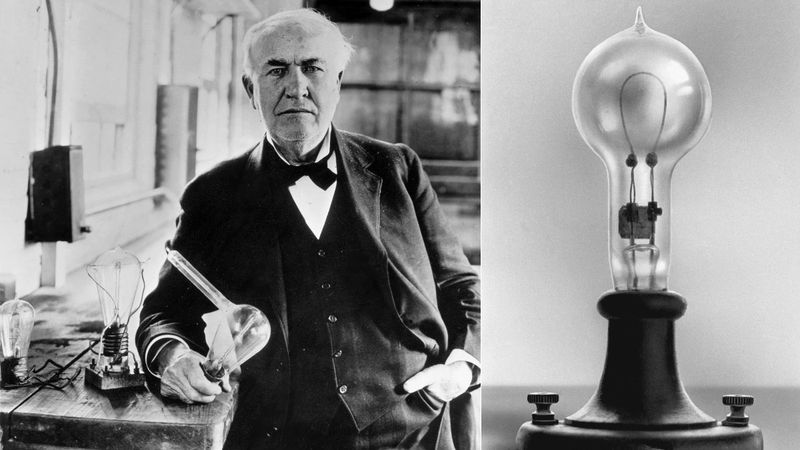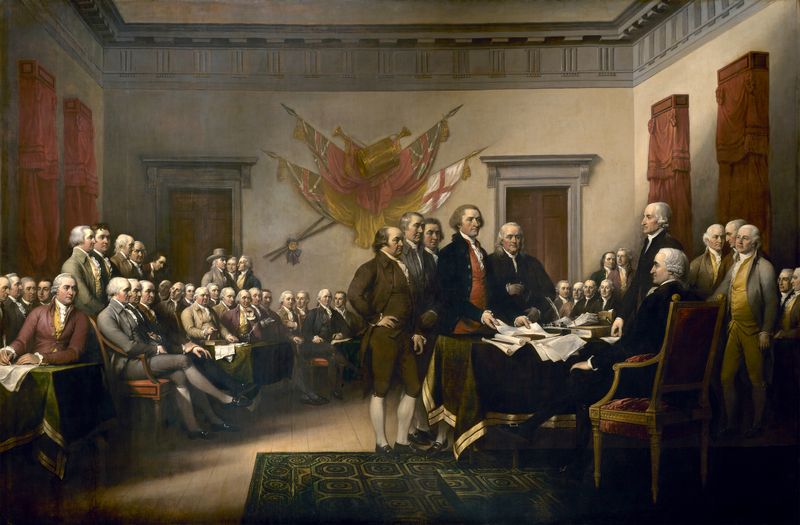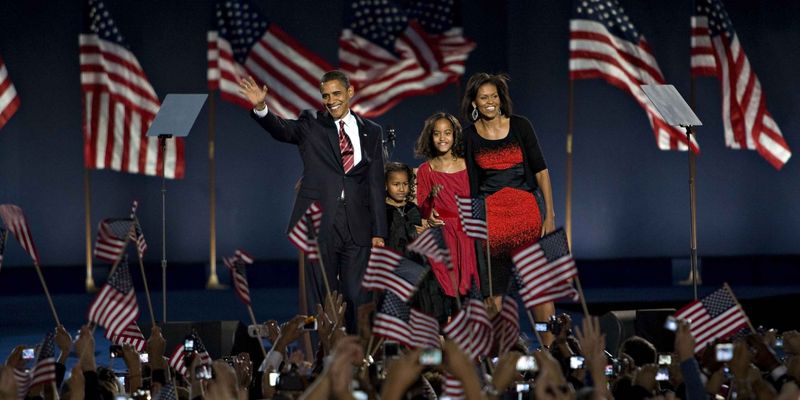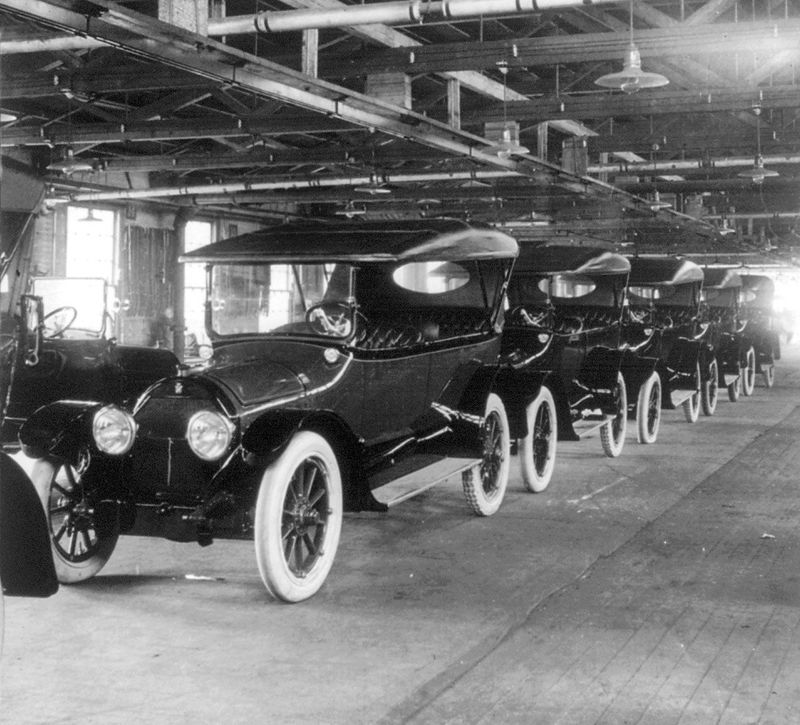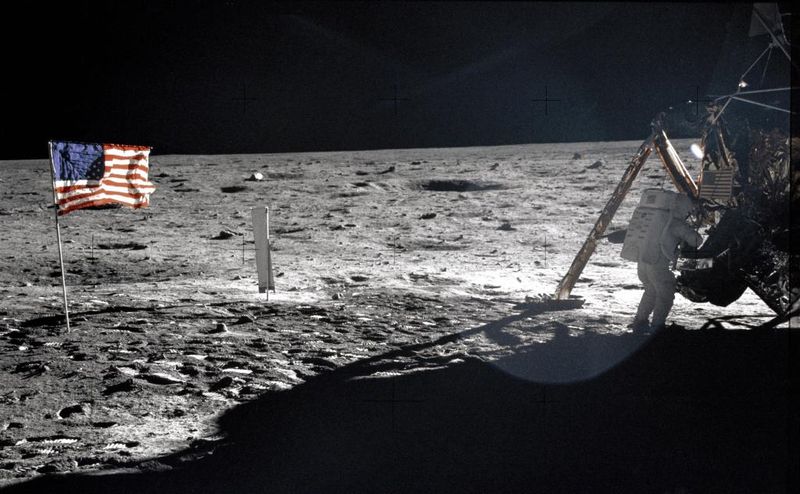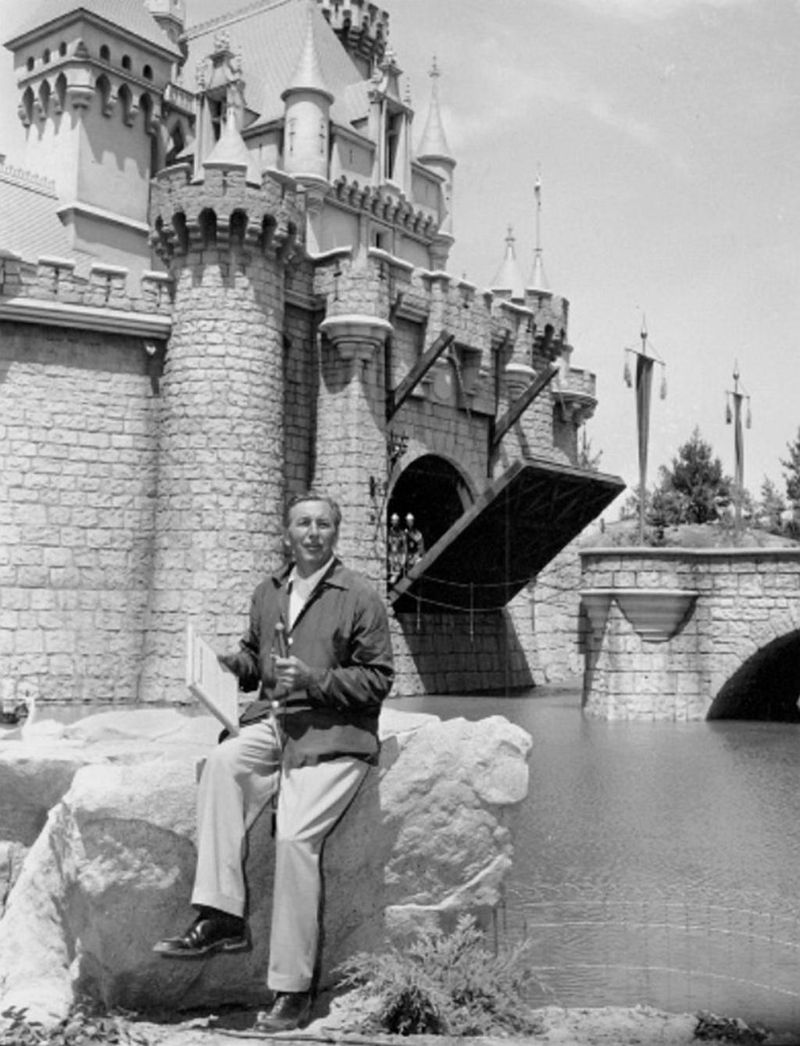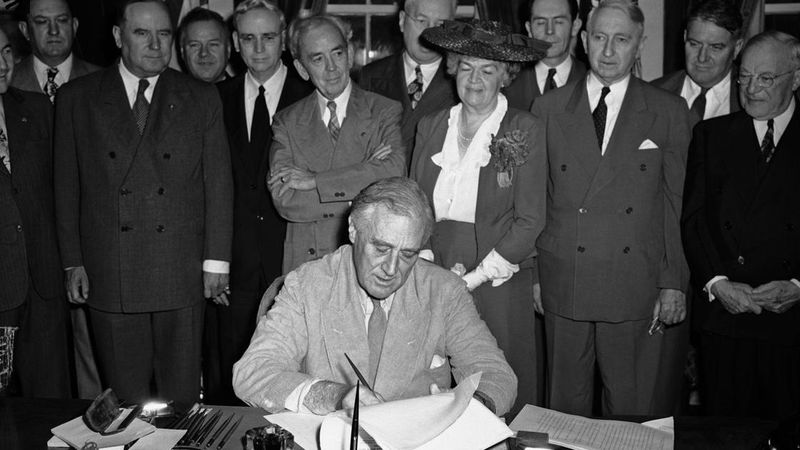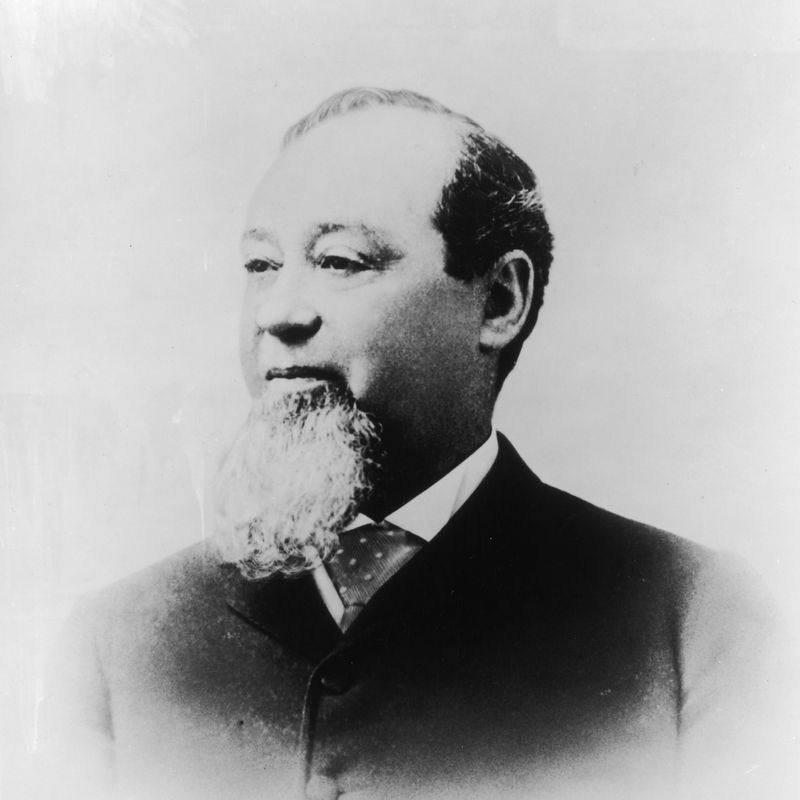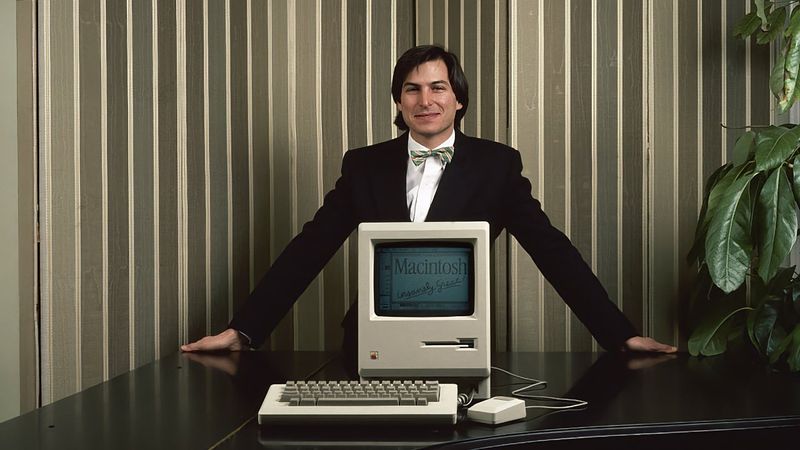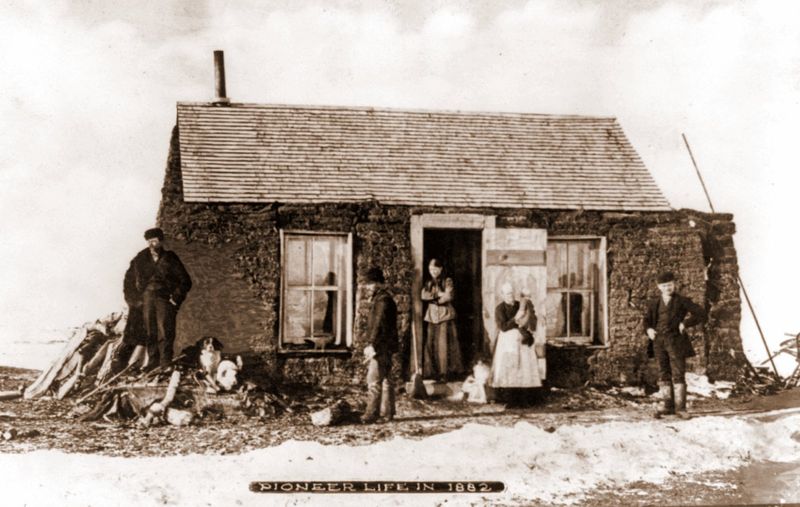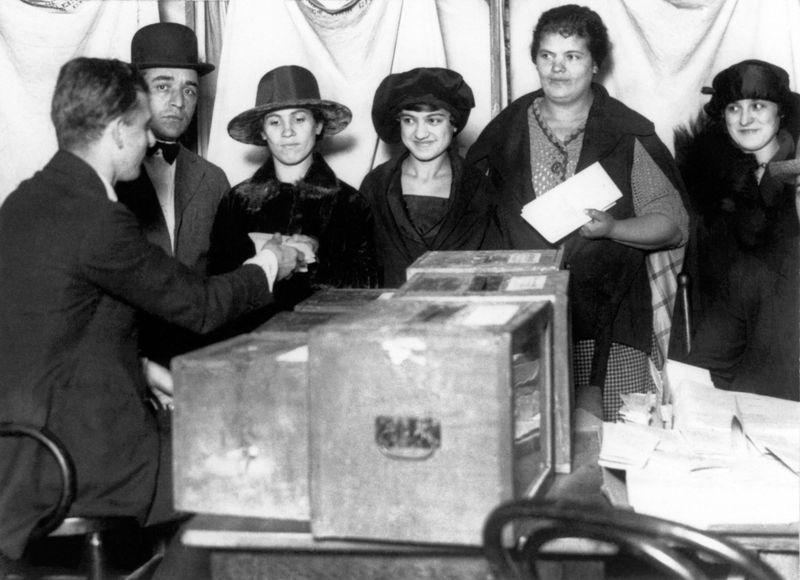The American Dream has always been about possibility and reinvention. Throughout our nation’s history, certain dreams have transcended personal ambition to reshape society itself.
From humble beginnings in log cabins to moon landings that captivated the world, these visions redefined what Americans could achieve. Here’s how fifteen extraordinary dreams transformed not just America, but humanity’s sense of what’s possible.
1. Martin Luther King Jr.’s Vision of Equality
Standing before 250,000 people at the Lincoln Memorial in 1963, King didn’t just deliver a speech—he painted a future America where character mattered more than color. His dream pierced the national conscience with unforgettable clarity.
The Baptist minister’s vision wasn’t merely about ending segregation; it reimagined the very soul of America. King transformed abstract constitutional promises into moral imperatives that could no longer be ignored.
His dream remains unfinished business, a measuring stick against which we continually evaluate our progress. Whenever Americans stand against injustice, they walk in the footsteps of a man who dared to dream of a better nation—and demanded we build it together.
2. Abraham Lincoln’s Log Cabin to White House Journey
Born in a one-room Kentucky log cabin in 1809, Lincoln’s early years offered no hint of greatness. Self-taught with barely a year of formal schooling, he devoured borrowed books by firelight after exhausting days of physical labor.
His rise from frontier poverty to the presidency embodied the purest form of American possibility. What made Lincoln extraordinary wasn’t just his ascent but his purpose—preserving the Union while setting slavery on the path to extinction.
Lincoln’s journey became the template for American ambition: with enough determination and moral clarity, no background is too humble for greatness. His story remains the quintessential American narrative of self-creation through perseverance and principle.
3. Andrew Carnegie’s Steel Empire and Philanthropy Legacy
Arriving from Scotland at age 13, Carnegie began as a bobbin boy earning $1.20 weekly. The industrial titan who emerged from those humble beginnings would ultimately control America’s steel production and amass a fortune worth billions in today’s dollars.
Carnegie’s true innovation came after wealth accumulation. “The man who dies rich dies disgraced,” he famously declared, before giving away 90% of his fortune. Libraries, concert halls, and educational institutions sprouted across America through his strategic generosity.
By establishing systematic philanthropy as the ethical counterbalance to capitalist success, Carnegie redefined the responsibilities of wealth. His example set the standard for American billionaires from Rockefeller to Gates—wealth creation paired with transformative giving back.
4. Thomas Edison’s Lightbulb Moment
“I have not failed. I’ve just found 10,000 ways that won’t work.” Edison’s persistence illuminated not just homes but the very nature of American innovation. Before succeeding with carbonized bamboo filaments, he tested everything from platinum to coconut fiber.
The Wizard of Menlo Park created more than light—he built the first industrial research laboratory, transforming invention from solitary tinkering to systematic teamwork. His phonograph captured sound, his motion picture camera preserved movement, and his improvements to telegraphy connected distant voices.
Edison’s greatest invention might have been the modern R&D process itself. His dream wasn’t just about products but about methodical creativity—making innovation repeatable rather than waiting for lightning to strike.
5. Oprah Winfrey’s Media Revolution
Born to an unwed teenage mother in rural Mississippi, Oprah endured poverty and abuse that would have crushed many spirits. Instead, she channeled her natural charisma into broadcasting, becoming Chicago’s highest-rated talk show host by age 32.
When network executives doubted her appeal, she bet on herself. Taking ownership of her show transformed Oprah from talent to mogul. She built an empire spanning television, film, publishing, and digital media while maintaining authentic connection with her audience.
Oprah’s true innovation was making vulnerability a strength. By sharing her own struggles with weight, relationships, and childhood trauma, she created a new kind of media focused on emotional truth and personal growth. Her dream expanded American culture’s capacity for honest conversation about difficult subjects.
6. The Founding Fathers’ Revolutionary Blueprint
Huddled in a sweltering Philadelphia room in 1776, a group of rebels committed treason by declaring that governments derive power from the consent of the governed. Their audacious dream wasn’t just independence from Britain but a radical experiment in self-government.
“Life, Liberty and the pursuit of Happiness” weren’t just poetic phrases—they were revolutionary concepts that directly challenged monarchical authority. The Founders’ vision established that rights weren’t granted by kings but inherent in humanity itself.
Though deeply flawed in application—excluding women, enslaved people, and Native Americans—their framework contained the seeds of its own improvement. The American Dream began with this fundamental reimagining of what government could be: not a master but a servant of the people’s will.
7. Barack Obama’s Barrier-Breaking Presidency
On a frigid January day in 2009, the son of a Kenyan student and a Kansas anthropologist placed his hand on Lincoln’s Bible. The moment transcended partisan politics—America had elected its first Black president, fulfilling a possibility that seemed unimaginable to the Civil Rights generation.
Obama’s journey from community organizer to Harvard Law Review president to the Oval Office embodied a new chapter in the American story. His campaign slogan—”Yes We Can”—captured the essence of American optimism in just three words.
Beyond policy achievements or political divisions, Obama’s presidency represented an expansion of who could dream the highest dreams in American life. Millions of children grew up seeing living proof that the presidency wasn’t limited by race—a profound shift in our national imagination.
8. Henry Ford’s Affordable Automobile Revolution
Before Ford, automobiles were luxury playthings for the wealthy. His Model T changed everything—not because it was the first car, but because his vision extended beyond invention to mass accessibility.
Ford’s revolutionary assembly line slashed production time from 12 hours to 93 minutes. By 1927, a new Model T rolled off the line every 24 seconds, allowing Ford to repeatedly lower prices until an average worker could afford what was once an elite possession.
More than transportation, Ford created freedom of movement for ordinary Americans. Suddenly, rural families could easily reach towns, workers could live beyond walking distance of factories, and the modern American landscape of suburbs, highways, and road trips was born. His dream democratized mobility itself.
9. The Moonshot That United America
“We choose to go to the moon not because it is easy, but because it is hard.” Kennedy’s audacious 1962 challenge seemed impossible—landing humans on another world within a decade.
The Apollo program represented American ambition at its most magnificent. From mathematical calculations done by hand to computer systems less powerful than modern calculators, NASA’s 400,000 workers solved countless problems through sheer ingenuity and determination.
When Neil Armstrong stepped onto lunar soil in July 1969, half a billion people watched breathlessly. For one brief moment, humanity was united in awe of what Americans had achieved. The moonshot proved that with sufficient will and resources, even the most fantastical dreams could become reality—a powerful message that continues to inspire innovation today.
10. Walt Disney’s Magical Entertainment Empire
Fired from a newspaper for “lacking imagination,” Walt Disney packed his cardboard suitcase and headed to Hollywood with just $40. From a tiny studio where he drew Mickey Mouse, he envisioned entertainment that would appeal to “the child in all of us.”
Disney’s greatest magic wasn’t animation techniques but storytelling that transcended age, culture, and time. When he announced plans to build Disneyland, critics scoffed at the idea of an amusement park without roller coasters or carnival games.
What truly distinguished Disney was his refusal to accept limitations. “If you can dream it, you can do it” wasn’t just a slogan—it was his operating principle. By creating immersive worlds that existed first in imagination before becoming physical realities, Disney showed that dreams themselves could be America’s greatest export.
11. The GI Bill’s Middle-Class Miracle
When 16 million veterans returned home from World War II, America faced a potential economic catastrophe. Instead, a single piece of legislation—the Servicemen’s Readjustment Act of 1944—transformed potential crisis into unprecedented prosperity.
The GI Bill provided returning soldiers with college tuition, low-interest home loans, and business funding. Almost overnight, higher education transformed from elite privilege to middle-class expectation. Veterans who might never have considered college earned degrees and entered professions previously beyond reach.
New suburban neighborhoods filled with first-time homeowners whose mortgages cost less than urban rent. The resulting middle-class expansion created the most broadly shared prosperity in American history—proof that thoughtful policy could make the American Dream accessible to millions simultaneously.
12. Immigrant Entrepreneurs Who Built American Icons
During California’s Gold Rush, a Bavarian immigrant named Levi Strauss noticed miners needed sturdy pants. His simple canvas trousers with copper rivets launched an American fashion staple worn worldwide for over 150 years.
Russian-born Alexander Graham Bell invented the telephone. German immigrant Levi Strauss created blue jeans. Scottish-born Andrew Carnegie built the steel industry. Cuban immigrant Roberto Goizueta transformed Coca-Cola into a global powerhouse.
These newcomers embodied a uniquely American paradox—the outsider who becomes the ultimate insider by creating something quintessentially American. Their success stories reveal the secret ingredient of American innovation: the fresh perspective of those seeing opportunity where others saw only problems. By welcoming the world’s dreamers, America gained their dreams as well.
13. Steve Jobs’ Digital Revolution from a Garage
Adopted at birth and a college dropout by 19, Steve Jobs lacked the pedigree of tech success. What he possessed instead was uncompromising vision. Working from his parents’ garage with Steve Wozniak in 1976, he imagined computers as tools for creativity rather than just calculation.
Jobs’ genius wasn’t technical invention but intuitive understanding of how technology could feel. “People don’t know what they want until you show it to them,” he insisted, rejecting focus groups in favor of breathtaking innovation that anticipated desires people hadn’t yet articulated.
After being fired from his own company, Jobs’ comeback story became as influential as his products. His Stanford commencement advice—”Stay hungry, stay foolish”—captured the rebellious spirit that turned Apple into the world’s most valuable company and transformed how humans interact with technology.
14. The Homestead Act’s Frontier Opportunity
“Free land!” Those magical words drew thousands westward after 1862, when Abraham Lincoln signed legislation offering 160 acres to anyone who would live on and improve the land for five years. No aristocratic connections or inherited wealth required—just sweat equity and determination.
For former slaves, European immigrants, and landless farmers, the Homestead Act represented unprecedented opportunity. Women could claim land independently, decades before they could vote. By 1934, over 270 million acres—10% of all U.S. land—had been distributed to ordinary families.
Though built upon the dispossession of Native Americans, the Act embodied the dream of land ownership as the foundation of independence. The homesteaders who survived drought, blizzards, and isolation to earn their deeds created the agricultural backbone of America.
15. Women’s Suffrage Movement’s Democratic Victory
For 72 years, American women fought for the most fundamental right of citizenship. Suffragists were mocked, imprisoned, and force-fed when they went on hunger strikes. Yet they persisted through decades of setbacks, strategically building support for what seemed a radical proposition: that women deserved a voice in their government.
The movement’s leaders employed every tactic from reasoned argument to civil disobedience. Elizabeth Cady Stanton’s intellectual framework, Susan B. Anthony’s tireless organizing, and Alice Paul’s dramatic protests created unstoppable momentum.
When the 19th Amendment was finally ratified in 1920, it represented the largest single expansion of democratic participation in American history. By doubling the electorate, suffragists fundamentally transformed American politics and proved that persistent, organized movements could expand the very definition of democracy.
